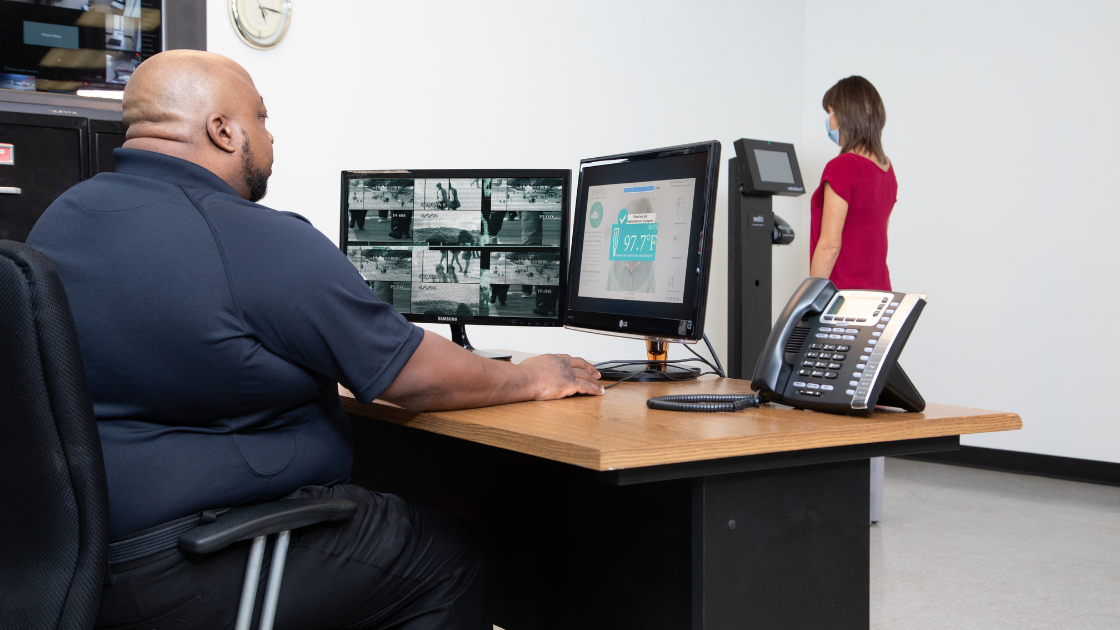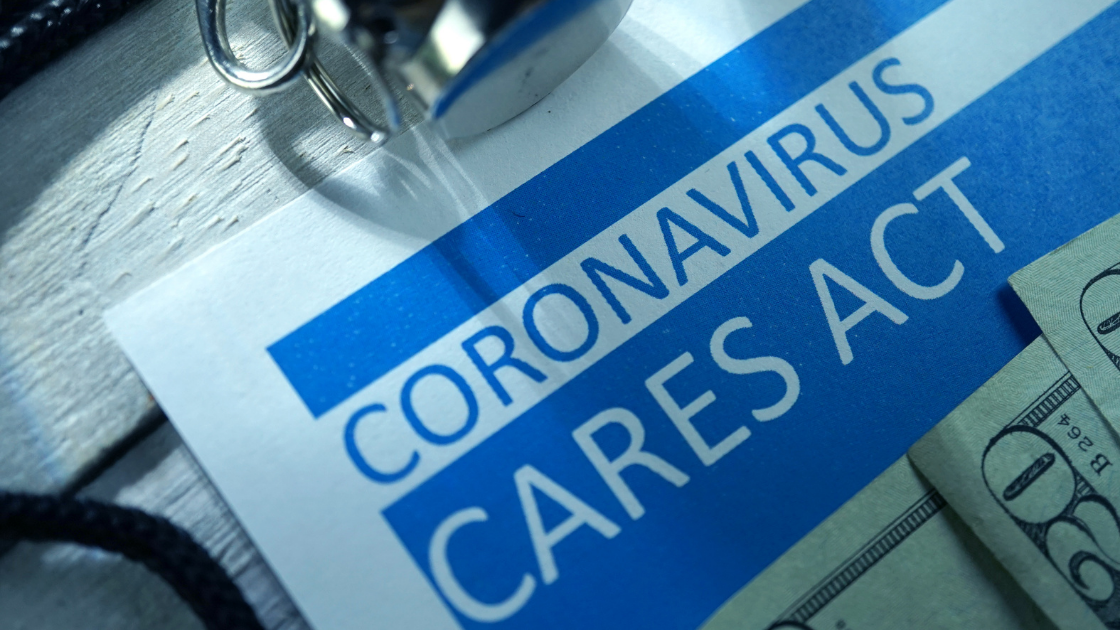Now that the Delta variant is the prominent strain of Covid-19 in the U.S, there’s a lot that scientists are uncovering about how exactly the new form of the virus spreads. In short, the Delta variant is very different from the original form of the virus that initially began circulating and changed the world forever.
For instance, the Delta variant is highly more contagious than previous strains–in fact, according to the CDC, it’s 2X more contagious than past variants. The CDC also explains that the Delta variant can be spread by individuals who are fully vaccinated who experience symptomatic breakthrough infections as well as those who are unvaccinated.
What does that mean? Well, it means that it’s more important than ever to have early identification tools that can help decrease the risk of workplace infections. For instance, a preliminary July 2021 study in medRxiv found that a screening assessment identification of even a slight temperature elevation of >0.4C could more accurately detect early cases of Covid-19.
What that means for workplaces
While some workplace policies have centered around vaccination status, the data on breakthrough infections with the Delta variant reinforces the need for a robust screening program to protect the health of all employees.
The CDC explicitly states that although breakthrough infections occur less often in vaccinated people, fully vaccinated people with symptomatic breakthrough infections due to the Delta variant can still transmit the virus to others. (Note that the keyword here is symptomatic.) Overall, people who are fully vaccinated but still experience breakthrough infections as a result of the highly contagious Delta variant have milder symptoms with the virus; however, they can still have symptoms associated with any type of viral infection, including fever, fatigue, and respiratory symptoms.
The fact that breakthrough infections can occur, even among vaccinated individuals and with the display of only mild symptoms, points to the importance of screening for symptoms early on in the course of the virus. As the CDC explains, it’s thought that the virus is most contagious early on. Both fully vaccinated and unvaccinated people who become infected with the Delta variant appear to produce the same high amount of virus initially – however, fully vaccinated people seem to recover faster, thus lowering the amount of virus in the body that can be spread to other people.
Because even vaccinated people with symptomatic breakthrough infections appear to be contagious early on in the course of infection, it’s vital that any type of workplace screening program aims to assess symptoms as early as possible in order to minimize risk to all employees.
Temperature matters
And just what are those early symptoms that could possibly signal a new or breakthrough infection with Covid-19? The CDC lists the common symptoms of Covid-19 as:
- Fever
- Cough
- Fatigue
- Muscle aches
- Headache
- Sore throat
- Runny nose
While many of those symptoms will be something an individual is aware of, it can be easy to wave off early warning signs. For instance, a headache could be attributed to something else, or fatigue to a poor night of sleep.
A fever, on the other hand, is one of the very early warning signs that an infection is brewing in the body – and it’s one sign that’s impossible to ignore. Catching an elevated temperature early is important not only to ensure the health of a potentially infected employee, but also to mitigate spread in the workplace. Remember, the CDC cautions that it’s thought that even breakthrough cases of Covid will be spread more easily early on in the course of the infection, before antibodies have had a chance to kick in and when viral loads are high.
What about asymptomatic spread?
According to the CDC, data is currently being collected on to what degree fully vaccinated people who do not have symptoms with breakthrough infections can still transmit the virus to others. For now, however, it appears that people with symptoms – including mild symptoms such as slightly elevated symptoms – carry a higher risk of transmitting the virus, especially early on in the course of the infection.
It’s also important to keep in mind that asymptomatic cases may have symptoms so mild that they don’t even recognize them. For instance, a mild temperature elevation could be assessed through a temperature screening kiosk, but missed by the person who didn’t even notice the symptom.
The key for health guidance in the workplace will be utilizing tools that can detect early signs of an infection as a way of mitigating the risk of transmission in the workplace.


